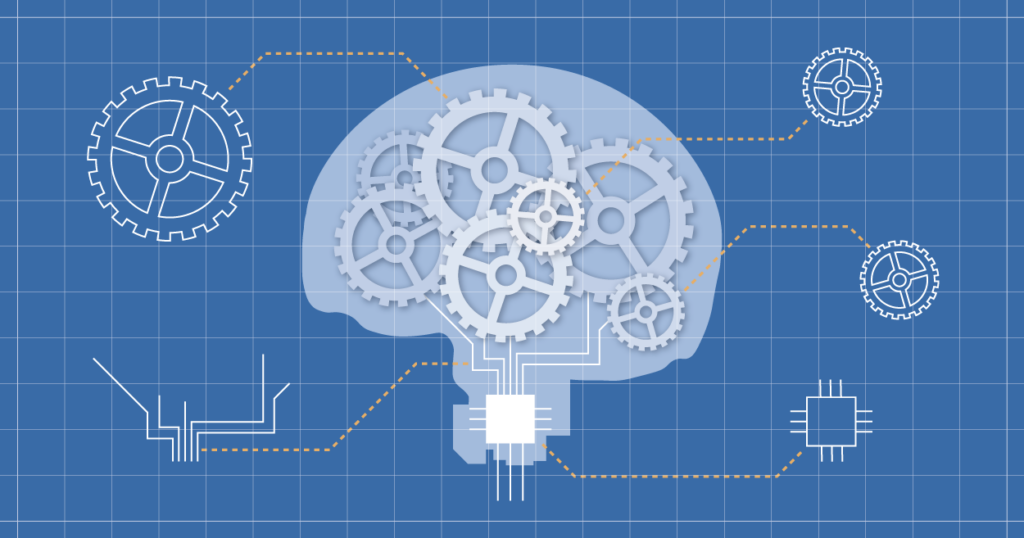The Power and Potential of Generative AI: A Comprehensive Exploration
Author: Tony Ojeda
The Dawn of Generative AI
In the ever-evolving world of technology, Generative AI, a branch of artificial intelligence, has been making significant strides. This innovative technology has the unique ability to create new content from scratch, be it a piece of music, a poem, an image, or even an entire article. The relevance of Generative AI in today’s data-driven world is immense. As we continue to produce and consume vast amounts of data, the ability to create new, meaningful content from this data is becoming increasingly valuable.
Generative AI is not just about creating new content. It’s also about understanding and learning from data. By training on large datasets, these models can learn the patterns, structures, and relationships within data. This allows them to perform a wide range of tasks such as categorizing text into predefined classes, identifying topics and themes, extracting key information like names or dates, and even gauging the emotional tone of written content. In a world where we swim in a vast ocean of content, Generative AI can not only help us create new and unique content but also extract valuable information from it. It’s a powerful tool that’s reshaping the way we create, consume, and think about content.
Understanding Generative AI: The Science Behind the Magic
The process of generative AI begins with the training of a foundation model. This model is essentially a neural network that is trained to identify patterns in existing data. The training process involves feeding the model large amounts of data, which could be text, images, sounds, or 3D models. The model learns from this data, identifying patterns and relationships within it. Foundation models serve as the base layer for AI systems that perform multiple tasks.
Once the foundation model is trained, the next step in the process is fine-tuning it for specific use cases. This involves adjusting the model’s parameters to optimize its performance for a particular task. For example, if the model is being used to generate text, it might be fine-tuned to produce text in a specific style or on a specific topic. Fine-tuning is a critical step in the process as it allows the model to produce high-quality, task-specific outputs. It is also during this stage that potential issues with accuracy and bias can be addressed.
Prompt engineering is another crucial aspect of the generative AI process. The model is given a prompt, which is a piece of input data that guides its output. Crafting the right prompt is often a nuanced task, as it can significantly influence the quality and relevance of what the model produces. It entails considering the desired outcome, the specificity needed, the process by which the model should arrive at that outcome, and how to minimize unintended consequences or errors. The model uses the patterns it has learned during training to generate an output that aligns with the criteria specified in the prompt. Prompt engineering is a delicate art, requiring a deep understanding of a Generative AI model’s capabilities, limitations, and intricacies of its training data.
Building appropriate features around the foundation model is the next step in creating a robust generative AI application. These features could include user interfaces, data input and output mechanisms, and additional layers of AI models to refine the output. For instance, a text generation application might include a text interface for inputting prompts, a display for showing the generated text, and a feedback mechanism for users to rate the quality of the output. These features enhance the usability of the generative AI application and allow it to be integrated into larger systems or workflows.
The Power of Large Language Models
Large Language Models (LLMs) are a type of model that use deep learning algorithms to recognize, generate, translate, and summarize vast quantities of text. They are some of the most advanced and accessible natural language processing (NLP) solutions today.
LLMs use specialized neural networks called transformers to learn from data in sequence and generate their own human language content. They are also used for tasks like summarizing, translating, and predicting the next (or missing) words in a sequence.
The applications of LLMs are wide-ranging and transformative, spanning various fields from customer service to healthcare. For instance, in customer service, LLMs can power chatbots, providing customers with immediate and accurate responses. In healthcare, they can analyze and summarize patient records, aiding doctors in making quicker, more informed decisions.
The importance and use of LLMs in Generative AI cannot be overstated. They form the backbone of many generative AI systems, enabling them to produce content that is not only coherent and contextually relevant but also creative and engaging. This has profound implications for fields like content creation. For example, AI can generate articles, stories, or even scripts for movies or plays. Imagine a world where AI could draft an entire novel, or write a script for a blockbuster movie, all while ensuring the content is thematically accurate and unique.
However, training LLMs requires substantial computational resources, and the models can be influenced by the quality of the data they ingest. If the data is biased or incomplete, the output can be unreliable or offensive. LLMs can also introduce unintended biases, which can be problematic if they are used in consequential real-world settings like hiring processes. This is why it’s important to always revisit questions about the ethics of using AI when developing new generative AI applications.
Transformers: The Building Blocks of Generative AI
Transformers are a type of deep learning model that have become a cornerstone in the field of Natural Language Processing (NLP) and generative AI. Introduced in 2017, transformers are designed to understand the contextual relationships between words in a text sequence. They achieve this through a mechanism known as self-attention, which allows the model to weigh the relevance of different elements of input data. It enables the model to focus on certain parts of the input while ignoring others, based on their relevance to the task at hand. This ability to discern and prioritize information is what makes transformers particularly effective in understanding the context and nuances of human language.
Transformers have played a pivotal role in the advancement of generative AI and have led to significant improvements in language modeling, text classification, and machine translation. One of the most notable applications of transformers in generative AI is the development of large-scale, pre-trained language models like OpenAI’s GPT series and Google’s PaLM models. These models, which are based on the transformer architecture, are pre-trained on large unlabelled text datasets and are capable of generating human-like content. They can be fine-tuned for specific NLP tasks with little additional training data, making them highly versatile and efficient.
Generative AI stands as a remarkable testament to the rapid advancements in the field of artificial intelligence. Its capacity to harness the vast seas of data and transform them into creative, insightful, and relevant content is nothing short of revolutionary. If you want to learn more about Generative AI including more detailed information about how such models work and what their industry-specific capabilities are, make sure to follow our blog or sign up for our mailing list as we’ll be posting much more content on the topic in the following weeks. If you want to enhance your business with the power of AI, contact us today.



